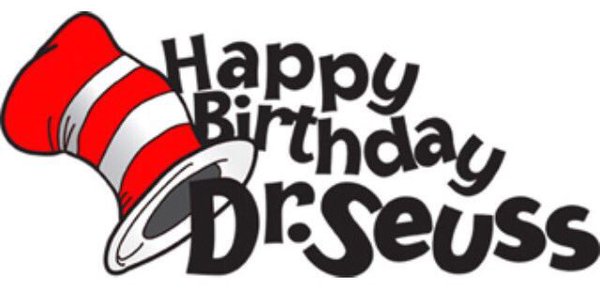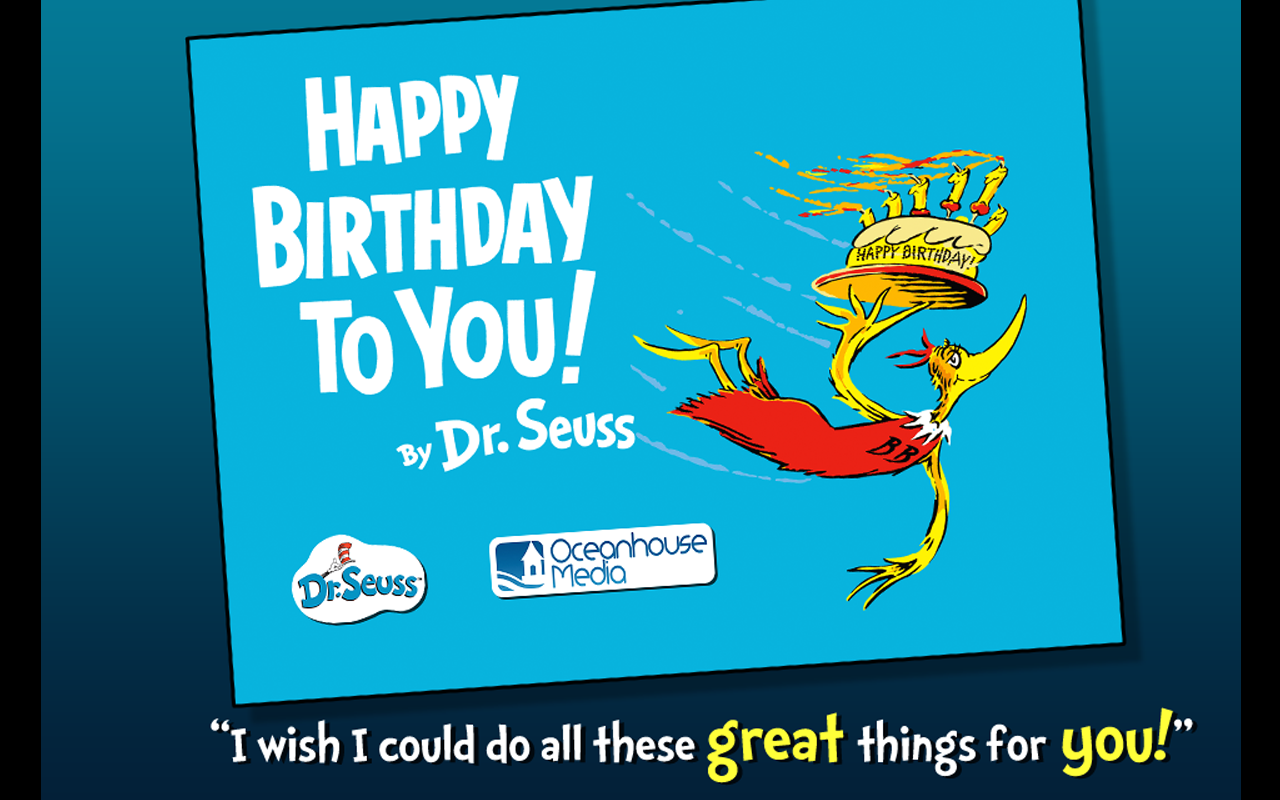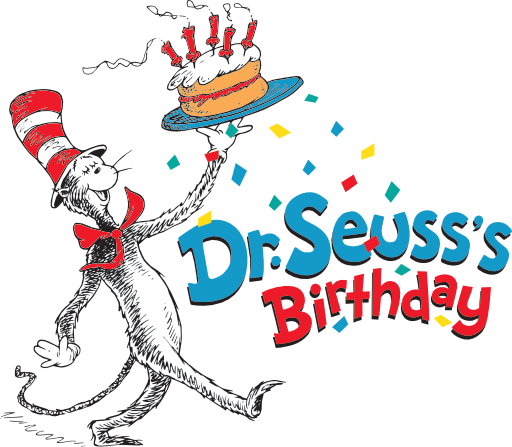

“Students do see themselves in books, and they notice when they’re not in books,” said Alfredo Celedón Luján, the president of the National Council of Teachers of English. When children’s books center Whiteness, erase people of color and other oppressed groups, or present people of color in stereotypical, dehumanizing, or subordinate ways, they both ingrain and reinforce internalized racism and White supremacy. A long history of research shows that text accompanied with imagery, such as books with pictures, shapes children’s racial attitudes. Seuss Enterprises only implicates the six books listed, critics have questioned his larger body of work for several years now.Ĭhildren’s books provide impressions and messages that can last a lifetime, and shape how children see and understand themselves, their homes, communities, and world (Santora).

The decision offers teachers, librarians a moment for reflection about Seuss’ books Any author, or anyone publishing books, can make choices about what is out in the world,” she said. " have not made a call for libraries or schools to remove the books from collections.

Several conservative commentators and politicians have railed against the decision to stop publication of the titles, claiming that the announcement is another example of “cancel culture.”īut Deborah Caldwell-Stone, the director of the American Library Association’s Office for Intellectual Freedom, which advocates against banning books, said this isn’t exactly censorship. Seuss remains the focus of the festivities in many elementary schools, with students dressing as their favorite characters from his books, eating classroom breakfasts of green eggs and ham, and listening to teachers lead read-alouds of The Cat in the Hat or Oh!, The Places You’ll Go! Seuss wasn’t mentioned, Press Secretary Jen Psaki said, “It is important that children of all backgrounds see themselves in the children’s books that they read.” In response to a question at Tuesday’s White House press briefing about why Dr. Seuss-a break with previous presidential speeches by Donald Trump and Barack Obama, who both referenced the author for the event. In his proclamation for Read Across America Day earlier this week, President Joe Biden didn’t mention Dr. This March, the organization is celebrating diverse books that explore “family, community, courage, and fashion.”

In recent years, though, the NEA attempted to shift the focus away from Dr. Tuesday marks the annual Read Across America Day, an event started by the National Education Association in 1998 to promote reading-and purposefully aligned with Geisel’s birthday, March 2. Seuss in general, have been a centerpiece in American elementary classrooms for decades. Another, And to Think That I Saw It on Mulberry Street, also portrays stereotypes of Asians, including an illustration of a man with a bowl of rice, a conical hat, and slanted eyes captioned, “a Chinese man who eats with sticks.” One of the books being pulled from publishing, If I Ran the Zoo, includes stereotyped caricatures of African people and references “helpers who all wear their eyes at a slant” in describing Asian people. Seuss in the classroom, including claims that images in The Cat in the Hat draw from minstrel shows, in 2017. Education Week wrote about the controversy surrounding reading Dr.


 0 kommentar(er)
0 kommentar(er)
